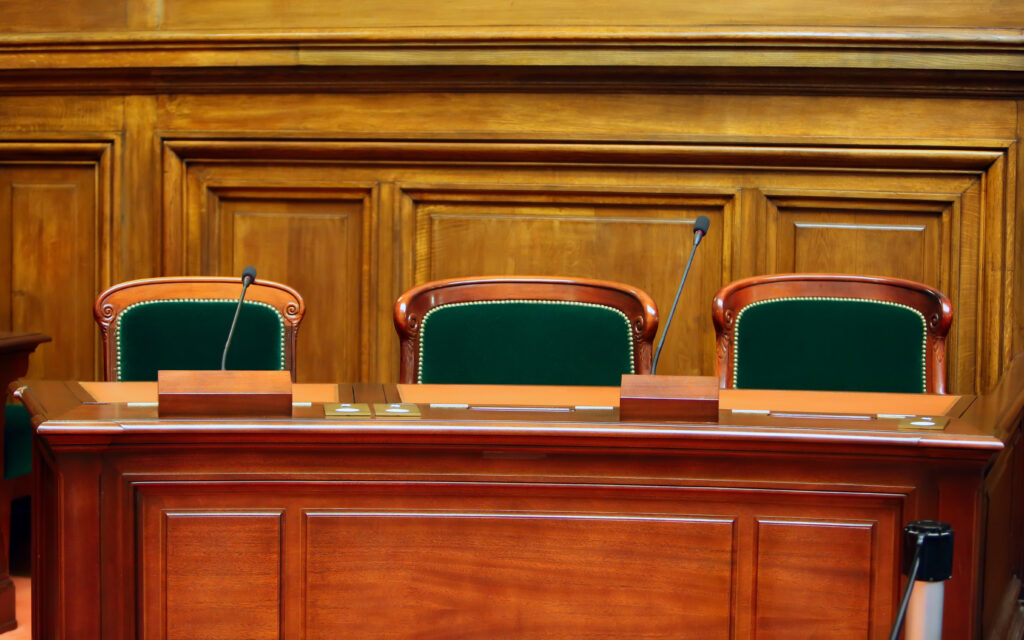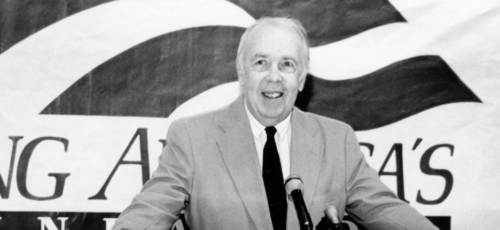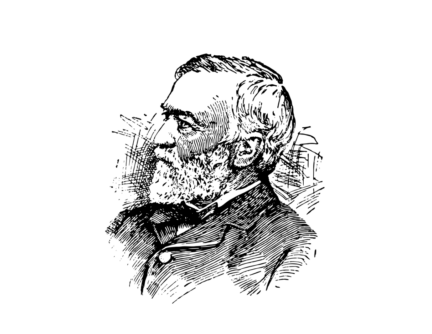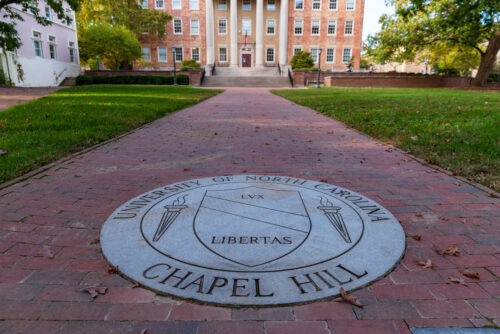Steven M. Teles’ book, The Rise of the Conservative Legal Movement, describes the successful role philanthropy played on the right and left to bolster a legal movement advancing their causes.
One of the tasks that historians of philanthropy should perform is looking at philanthropic projects of the past to see whether they did or did not work. I found enough bad ideas from the Ford, Annenberg, MacArthur, and Lasker Foundations and the Carnegie Corporation of New York that I wrote Great Philanthropic Mistakes to explain where they went wrong.
But philanthropy also produces lasting change through effective grantmaking. One of philanthropy’s great success stories is the rise of a conservative counterculture in the legal profession. This includes a host of professors at law schools teaching law and economics, the Federalist Society serving as both a debating club and networking organization, and conservative public-interest law firms.
These organizations became successes both because of the visionary ideas of their founders and the steadfast support of donors. Steven M. Teles discusses the growth of these organizations in his 2008 book The Rise of the Conservative Legal Movement.
Teles, a political scientist at Johns Hopkins University, calls himself a “liberaltarian.” But he understands that the primary task of a historian is telling a story without relying on jargon or cant. I probably disagree with him on some political questions, but I learned a lot from his fine book.
Teles begins The Rise of the Conservative Legal Movement with a very interesting chapter describing the rise of the liberal legal establishment and the crucial role the Ford Foundation played in creating public-interest law firms and making sure that law schools were dominated by the left. Ford, according to Teles, became very interested in law schools after McGeorge Bundy became foundation president in 1966. “The reform of the law would be at the core of the foundation’s work” during Bundy’s presidency, Teles writes, and their grantmaking was key to the left’s remorseless rise.
The foundation did several things to advance a liberal legal movement. Ford gave seed money for at least 20 law firms such as the Mexican American Legal Defense Fund and Puerto Rican Legal Defense Fund. In 1970, the IRS ruled that the Natural Resources Defense Council could be tax exempt and take part in lawsuits only if each individual lawsuit was approved by the IRS to make sure that it was not part of a partisan political agenda. Ford had two potent allies in the Nixon Administration, Environmental Protection Agency director William Ruckelshaus and Council on Environmental Quality director Russell Train, who convinced the IRS to change its mind and give public interest law firms free rein to litigate.
Bundy also faced formidable opposition from Ford’s board who was worried that the grants to leftist law firms were “too politically hot.” Who would stop them suing the motor company? So he created the Public Interest Legal Advisory Committee to vet all legal grants, which included four former presidents of the American Bar Association as well as Henry Ford II’s personal lawyer, William Gossett. The Ford board was convinced that this white-shoe committee would never approve anything radical, and all the legal grants were greenlit.
As for conservative legal groups, Teles notes that their primary funders were foundations whose presidents stayed in office for decades. These men—Richard Larry at the Sarah Scaife Foundation, Michael Joyce at the Bradley Foundation, and James Piereson at the Olin Foundation, patiently practiced “spread betting,” giving small grants to a large number of philanthropic entrepreneurs, knowing that most would fail but a few would succeed. They didn’t just write checks, but also helped with networking.
The most successful philanthropic entrepreneurs made a crucial decision at the outset, in that they would not primarily focus on partisan political issues. Two case studies Teles provides are the Federalist Society and the Institute for Justice.
The Federalist Society set out with two goals. The first was to “avoid factionalism.” The founders—David McIntosh, Kenneth Cribb, Lee Liberman Otis, and Steven Calabresi—remembered that Young Americans for Freedom split at their 1969 convention, with libertarians walking out. They wanted to avoid political feuds. Second, the group wanted to welcome centrists who might be open to the society’s ideas, and waging ideological war is a sure way to alienate potential allies, so they made sure that the panels the society created engaged in vigorous debate and that society members held a range of views.
Federalist Society membership is a potent credential for people wishing to serve in Republican administrations or be appointed by Republicans to judicial positions. But Teles shows that the Federalist Society strives to ensure that it’s primarily a place to debate ideas and serves as something deeper and more lasting than a credential to add to a resume.
Teles also has a great deal of information about the origins of the Institute for Justice. He shows that IJ’s organizers, William “Chip” Mellor and Clint Bolick, spent over a decade refining their idea. Their key insight was that a very good way to advance the public policy debate was to represent ordinary Americans wanting to start or maintain a business, educate their children, or live in their homes but who were threatened by bureaucrats, often allied with the rich and powerful.
IJ’s most recent Supreme Court victory in June, Espinoza v. Montana Department of Revenue, resulted in a 5-4 ruling by the Court voiding an earlier ruling by Montana that donors could get state tax credits for donating to programs that provided school scholarships but then barred these programs from aiding parents who wanted to send their children to religious schools.
School choice advocates had been fighting these anti-religion restrictions (known as Blaine Amendments) for decades. But IJ made sure people knew Kendra Espinoza’s story, how she took on extra jobs and held yard sales to raise the money for tuition fees, how one of her daughters was repeatedly attacked in public school when she wanted to talk about her Christian faith. The result was something far more compelling than a dusty legal debate, and ensured a victory for parents who want to find the best choice for their children’s education.
The Rise of the Conservative Legal Movement is an important book that showcases the strengths both of conservative foundations and the organizations they helped to create.






